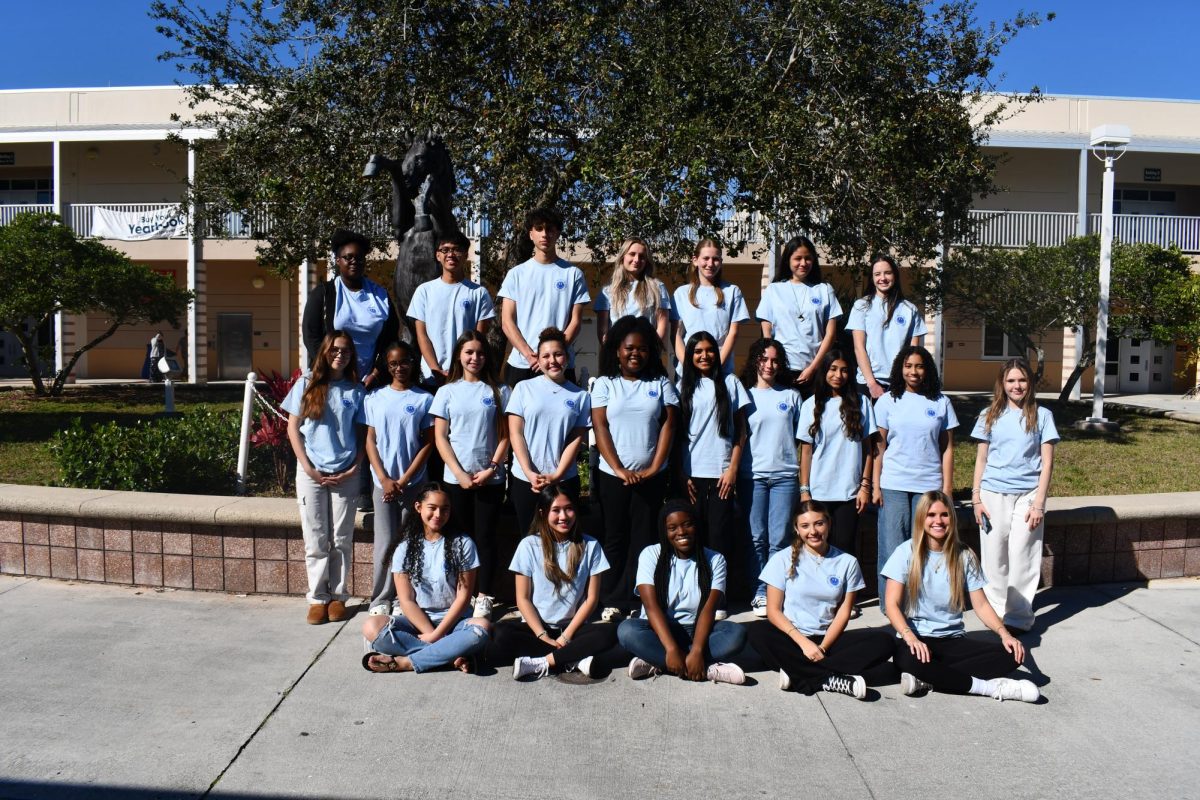Recent murder case highlights role of social media as news source
February 4, 2022
In a recent study by Common Sense Media and Survey Monkey, 54 percent of teens admitted to getting their news from social media outlets like Twitter and Instagram rather than reputable newscasts or newspapers. As a result, tragic events like the disappearance of Gabby Petito can become national phenomenon and actually help solve crimes.
“I found out about the Gabby Petito case through TikTok,” said sophomore Ava Kapopolous. “I followed someone who posted about it and was updated by that.”
On September 11, 2021, Gabby Petitio, a 22-year-old woman from Florida, was reported missing after taking a cross-country trip with her fiancé, Brian Laundrie. The police were notified by her parents, Nicole Schmidt and Joe Petito. Their suspicion that something more sinister had happened began after Laundrie returned home without her, claiming that he was unaware of her whereabouts.
As time went on, Petito’s case started to garner national attention. More and more people, like Miranda Baker, started posting and sharing videos about the disappearance on social media. Because of the numerous TikTok videos on Petito’s disappearance, Baker felt compelled to share her experience she had with Laundrie moments before Gabby’s disappearance was discovered.
Baker posted a TikTok video on September 17 claiming to have picked up Laundrie on August 29 at 5:30 p.m. when she saw him hitchhiking in the Grand Teton National Park in Wyoming. In the video, Baker speaks about Laundrie coming up to her car and asking for a ride to Jackson. In a panicked tone, he offered her $200 for the 20 minute ride. Despite her suspicions over the amount of money, Baker and her boyfriend gave him the ride. They chatted for a while and when she mentioned again that they were going to Jackson, he “freaked out” and wanted her to pull over and let him out of the car, which she did. As of January 26, Baker’s original post of the incident has garnered 19.4 million views and has been shared almost 170,000 times. She has also posted an additional nine TikToks on the case. In one post, she shared a map of where she picked Laundrie up and where she dropped him off.
Baker reached out to the authorities to relay her experience after seeing so many TikTok videos and comments related to the investigation. This information ended up being used by police. After seeing the video, the police had a better idea on what type of person Laundrie was and what he was doing the day of her disappearance.
Baker’s post was not the only video that offered clues into Petito’s disappearance. In fact, another couple on YouTube caught the van on film by accident while they were vlogging their own trip. These clues all helped the police discover Petito’s body, and then later discover Brian Laundrie’s body on October 19. According to the autopsy report, Laundrie died by suicide. A notebook was found near his remains. Inside the notebook were written statements by Laundrie admitting responsibility for Petito’s death.
In a press release, the FBI noted that “Upon further search of the area, investigators found human remains later confirmed to be Mr. Laundrie, along with a backpack, notebook, and a revolver. A review of the notebook revealed written statements by Mr. Laundrie claiming responsibility for Ms. Petito’s death.”
Additionally, hashtags such as #justiceforgabby, #gabbystrong, and #gabbypetito were created shortly after her disappearance was released. These non-traditional news outlets broaden the audience to the next generation and give them access 24/7.
“Sometimes when I’m scrolling through my phone, I see news from time to time,” explained Malachai Holmes, junior. “Sometimes when I go to search stuff up, there’s a little section on Google called ‘Google News’ and I’ll scroll through it.”



